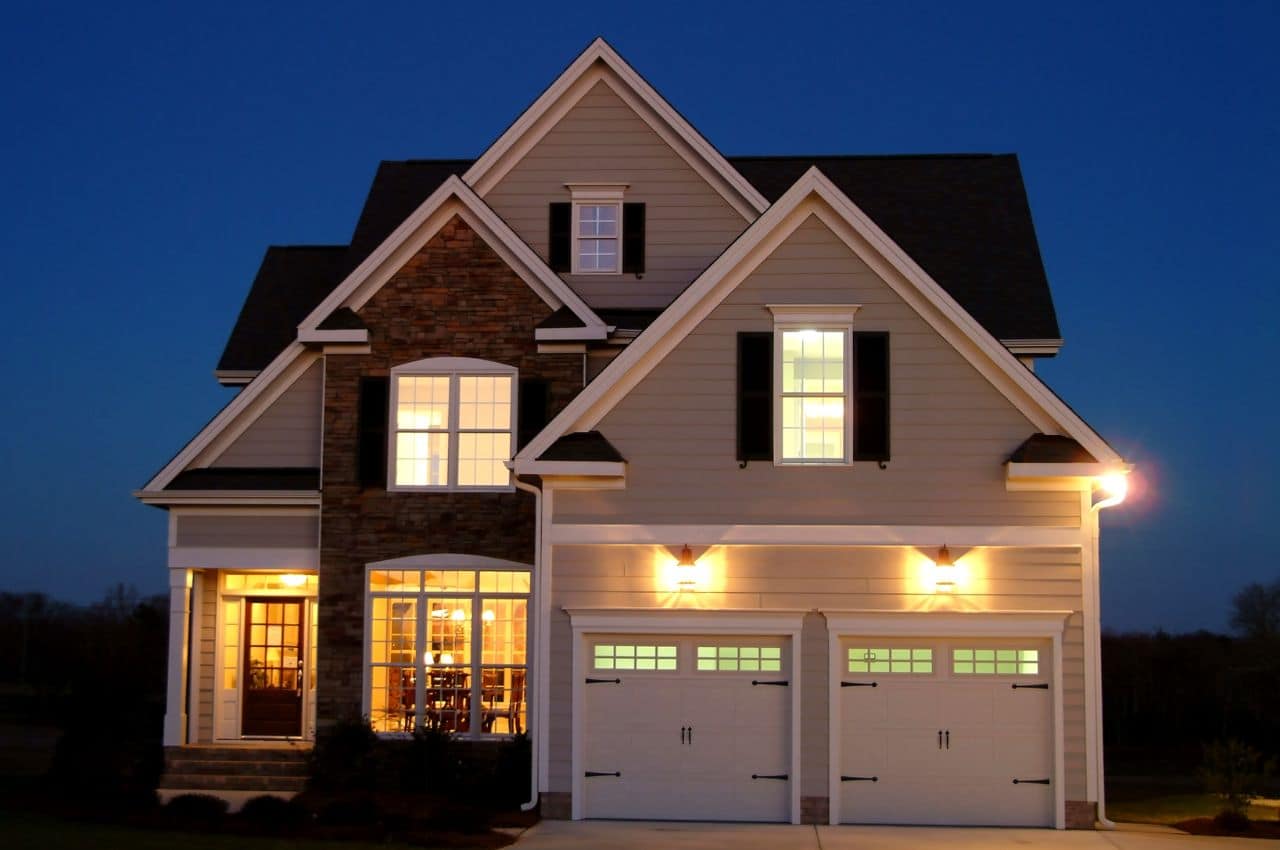Dealing with pests can be a nightmare for property managers and tenants alike. From the incessant buzz of mosquitoes to the health risks posed by rodents, pest infestations can quickly become a source of stress and discomfort, compromising the quality of life within properties. Traditional pest control methods, while sometimes effective, often involve time-consuming maintenance tasks and can lead to tenant dissatisfaction due to their invasive nature and potential health risks. Enter smart pest control – a modern solution that promises to revolutionise how properties handle pest management by combining efficiency with tenant-friendly practices.
Understanding Smart Pest Control
Smart pest control refers to the use of advanced technology and automation to manage and prevent pest infestations more efficiently. Unlike traditional methods that may rely heavily on manual labour and chemical treatments, smart pest control systems employ sensors, IoT (Internet of Things) devices, and data analytics to monitor pest activity and deliver targeted interventions. This approach not only allows for real-time pest monitoring but also enables property managers to proactively address potential infestations before they escalate, all with minimal human intervention.
The evolution from manual sprays and traps to sophisticated smart systems marks a significant shift in the pest management industry. This transformation is driven by the growing demand for safer, more sustainable pest control solutions that can seamlessly integrate into the modern, technology-driven lifestyles of tenants. By leveraging technology, smart pest control offers a more precise, less intrusive way to keep properties pest-free, enhancing both efficiency and tenant satisfaction.

No More Resident Complaints.
Benefits of Smart Pest Control for Property Maintenance
The integration of smart pest control systems into property maintenance routines offers numerous benefits. For starters, these systems reduce the need for frequent manual inspections and treatments, thereby streamlining maintenance tasks and freeing up time for property management staff to focus on other priorities. Automated pest control solutions can detect and address infestations in their early stages, often requiring less chemical use than traditional methods, which not only is better for the environment but also reduces costs associated with pest management over time.
Furthermore, smart pest control systems can provide detailed insights into pest activity patterns, helping property managers to identify high-risk areas and times of the year. This data-driven approach allows for more strategic planning and targeted interventions, increasing the effectiveness of pest control efforts while minimising disturbances to tenants. The efficiency and precision of smart pest control systems translate into a cleaner, safer living environment, contributing to higher tenant satisfaction and potentially reducing turnover rates.
Automated Pest Control Systems

Automated pest control systems represent a key component of smart pest control, utilising technology to monitor and manage pest populations autonomously. These systems range from sophisticated traps that can capture and identify pests electronically, sending alerts to property managers, to perimeter defence systems that automatically deploy repellents or barriers when pest activity is detected. The common denominator among these solutions is their ability to operate continuously without direct human oversight, ensuring constant vigilance against pests.
Choosing the right automated pest control system depends on various factors, including the types of pests commonly encountered, the size and layout of the property, and the specific needs and preferences of tenants. Some systems may be designed for indoor use, targeting pests like roaches and rodents, while others might be better suited for outdoor areas, such as gardens or patios, where mosquitoes and other flying insects are a concern. The adaptability of these systems to different pest control needs makes them a versatile tool in the property management arsenal, capable of providing tailored solutions that enhance the overall maintenance strategy.
Automatic Bug Sprayer Technologies
Automatic bug sprayers are at the forefront of smart pest control, offering a hands-off approach to managing insect populations around properties. These devices can be programmed to release insecticides at specified intervals, ensuring continuous protection against pests without the need for manual intervention. The technology behind automatic bug sprayers includes sensors that detect pest activity, triggering the release of eco-friendly insecticides in targeted areas. This precision not only maximises the effectiveness of pest control efforts but also minimises the use of chemicals, aligning with environmentally conscious property management practices.
The versatility of automatic bug sprayers allows them to be utilised in various settings, from residential apartments to outdoor communal areas. Their adaptability makes them an ideal solution for property managers looking to enhance pest control measures while maintaining a pleasant environment for tenants. By incorporating automatic bug sprayers into their pest management strategy, property managers can ensure a proactive defence against pests, contributing to a healthier and more comfortable living space.
Integrating Smart Pest Control into Property Management
Adopting smart pest control solutions requires a strategic approach to ensure seamless integration into existing property management operations. The first step involves assessing the specific pest control needs of the property and identifying suitable smart technologies that address those needs effectively. Once the appropriate technologies are selected, property managers must work closely with pest control professionals to install and configure the systems, ensuring they are operational and optimised for the property’s layout and pest challenges.
Training staff on how to monitor and maintain these systems is essential for sustained success. This includes understanding how to interpret data from smart pest control devices, troubleshoot common issues, and perform regular maintenance checks. Equally important is educating tenants about the new pest control measures being implemented. Transparent communication about the benefits of smart pest control, how the systems work, and what tenants can do to contribute to a pest-free environment is key to gaining their support and cooperation.
Enhancing Tenant Satisfaction with Smart Pest Control
The implementation of smart pest control technologies plays a significant role in enhancing tenant satisfaction. By proactively addressing pest issues with minimal disruption to daily life, property managers can significantly improve the living conditions within their properties. Smart pest control systems offer a discreet and efficient way to manage pests, reducing the need for invasive treatments that can inconvenience tenants. Furthermore, the use of environmentally friendly methods resonates with eco-conscious tenants who value sustainability.
Collecting feedback from tenants on their experiences with the smart pest control measures is crucial for continuous improvement. This feedback can help property managers fine-tune their pest management strategies, addressing any concerns and adapting the approach to meet tenant expectations more closely. Ultimately, the goal is to create a comfortable, safe, and pest-free environment that tenants are happy to call home.
Cost Analysis of Smart Pest Control Implementation
While the initial investment in smart pest control technologies may be higher than traditional methods, the long-term savings and benefits can be significant. Automated systems reduce the need for frequent manual treatments, lowering labour costs over time. Additionally, the precision of smart pest control methods often results in reduced use of insecticides, translating into savings on materials and contributing to a healthier environment.
Conducting a thorough cost analysis involves comparing the upfront costs of purchasing and installing smart pest control systems against the anticipated savings in maintenance and pest control expenses. Property managers should also consider the potential for increased tenant satisfaction and retention, which can have a positive impact on the property’s financial performance. By carefully evaluating these factors, property managers can make an informed decision about the feasibility and potential return on investment of implementing smart pest control solutions.
Challenges and Considerations in Adopting Smart Pest Control
Transitioning to smart pest control solutions presents its own set of challenges and considerations for property managers. One major hurdle can be the initial resistance from stakeholders who are accustomed to traditional pest control methods. Convincing owners and investors of the long-term benefits and cost savings of smart pest control requires clear communication and, often, data to back up claims of effectiveness and efficiency.
Additionally, privacy concerns may arise with the installation of smart devices, especially those that use cameras or collect data on pest movements. Property managers must ensure that all smart pest control technologies comply with privacy laws and regulations and communicate these protections to tenants to alleviate any concerns.
Another consideration is the technical support and maintenance required for these advanced systems. Property managers must have access to reliable service providers who can promptly address any issues that arise to prevent disruptions in pest control coverage.
The Future of Pest Control in Property Management
The future of pest control in property management is undoubtedly leaning towards greater integration of smart technologies. Advances in IoT devices, artificial intelligence, and machine learning will continue to refine and improve the effectiveness of smart pest control systems. These technologies promise not only more precise pest management but also the ability to predict and prevent infestations before they occur.
As tenant expectations evolve towards safer, more sustainable living environments, the demand for non-intrusive, eco-friendly pest control solutions will grow. Property managers who adopt and adapt to these technological advancements will find themselves at a competitive advantage, offering properties that meet these modern demands.
Conclusion
Smart pest control represents a significant step forward in the management of property maintenance and tenant satisfaction. By embracing these innovative solutions, property managers can streamline pest control operations, reduce costs, and provide safer, more comfortable environments for tenants. The journey towards implementing smart pest control may come with its challenges, but the benefits—enhanced efficiency, improved tenant satisfaction, and contribution to sustainability—are well worth the effort. Ready to revolutionise your property management strategy? Explore smart pest control solutions today and set your properties apart.





